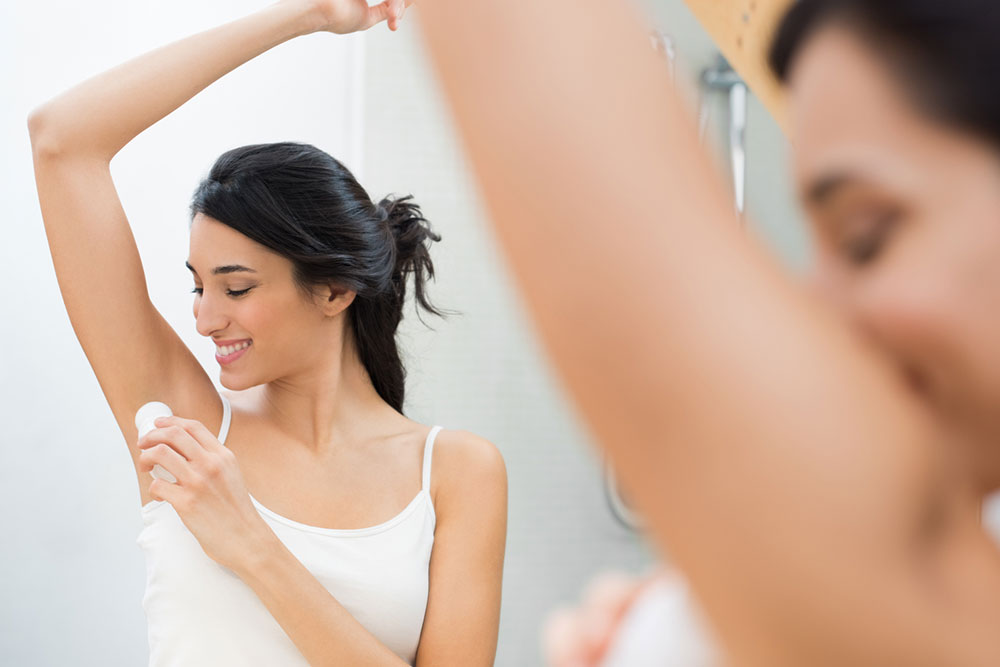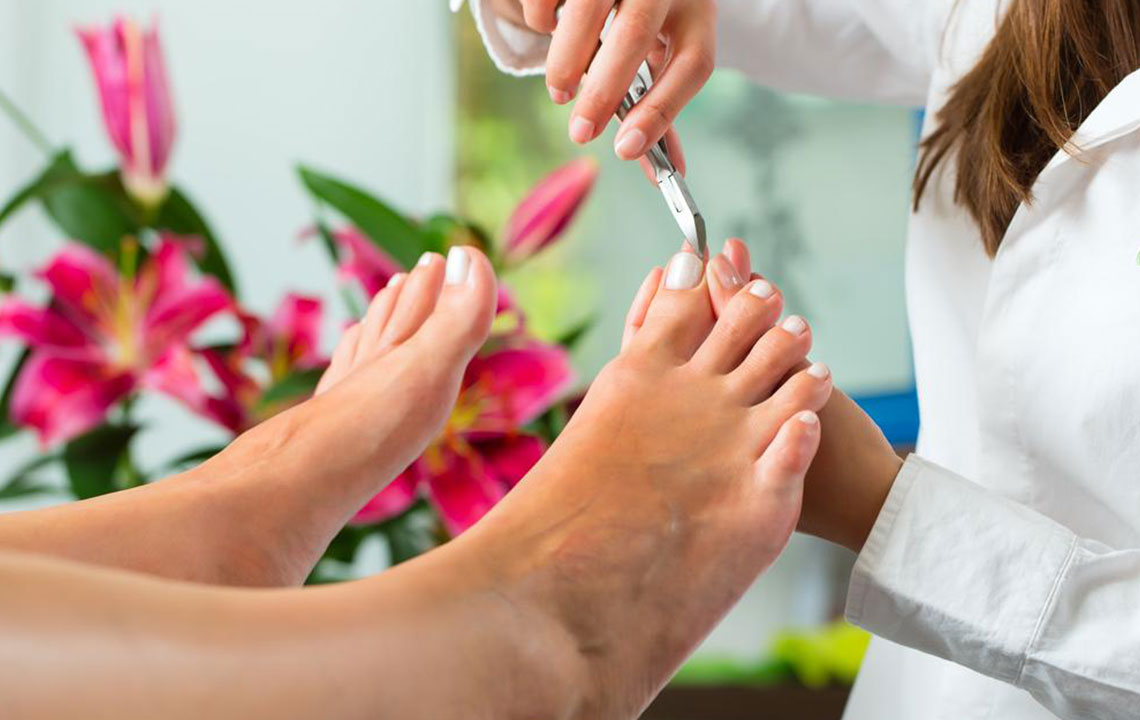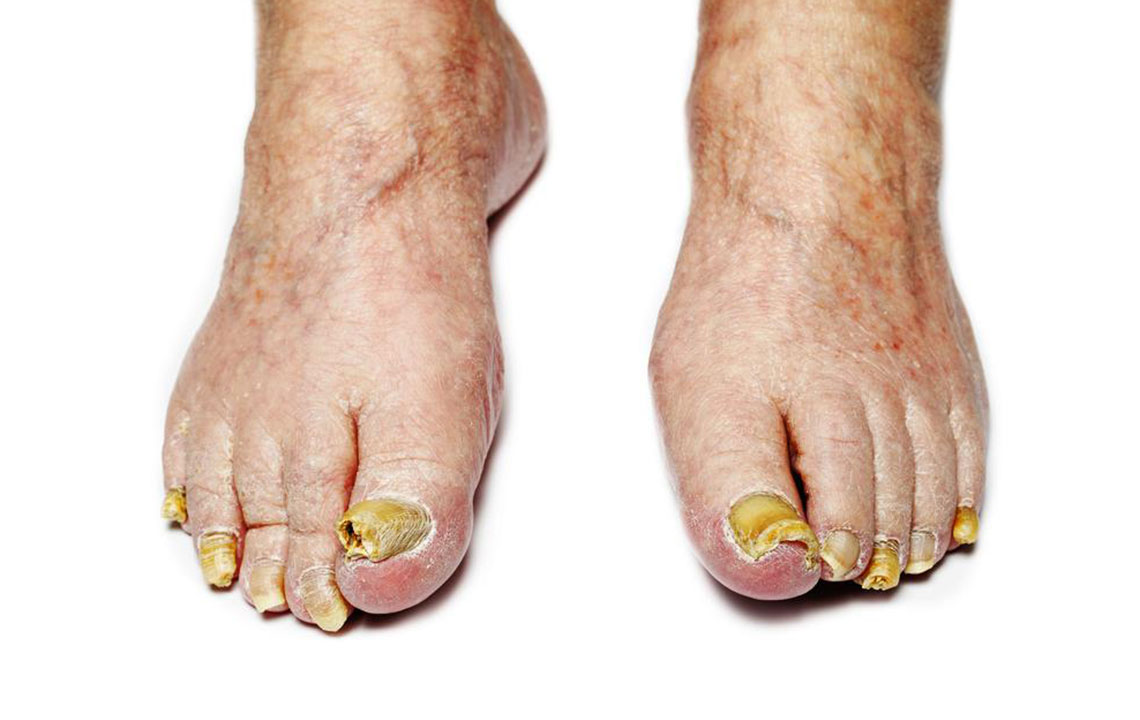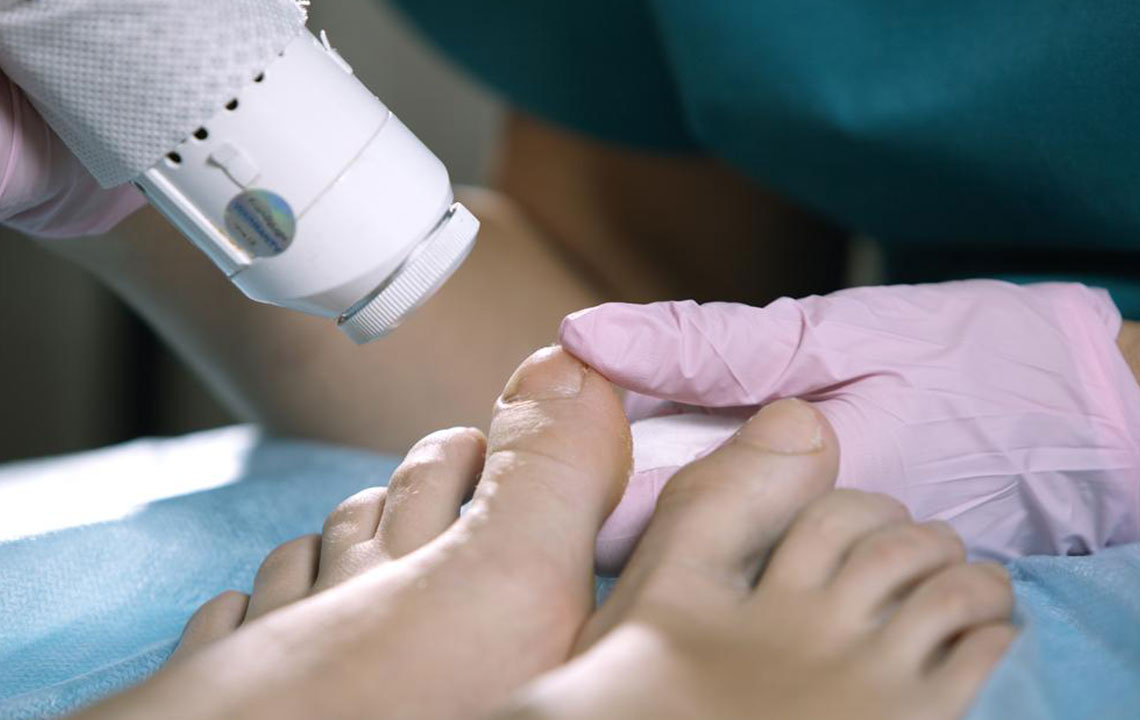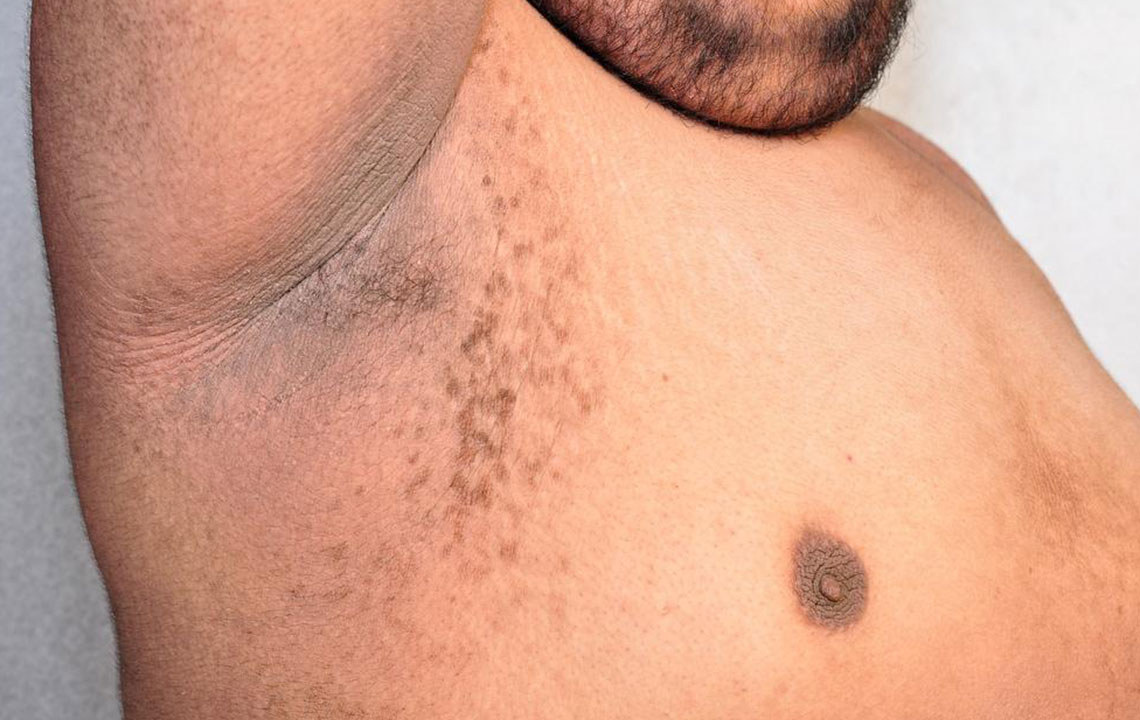Natural Solutions for Treating Underarm Skin Irritations
Discover effective natural remedies for treating underarm rashes, including home treatments like lemon, aloe vera, and coconut oil. Learn how to identify different types of rash and when to seek professional help to ensure proper healing and relief. Maintain good hygiene and avoid irritants for healthier skin.
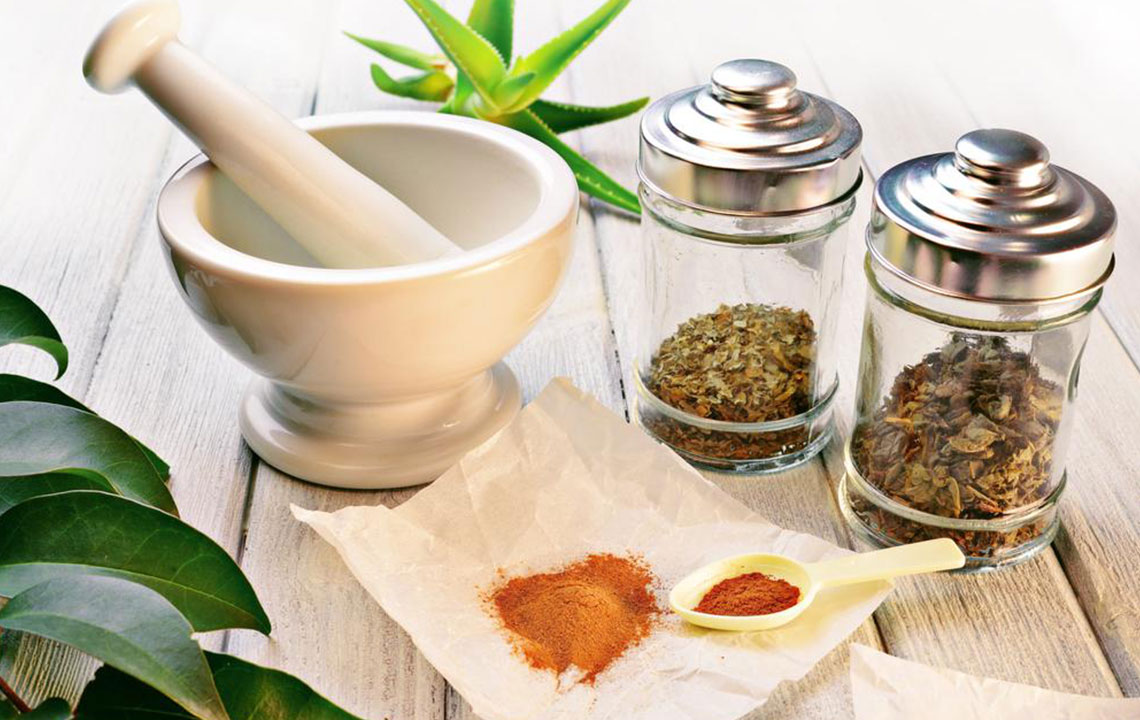
Natural Approaches to Heal Underarm Skin Irritations
Many individuals experience itching, redness, and bumps in their underarm area. These skin issues vary depending on the cause and require specific treatments. Factors such as skin conditions, water temperature, and daily habits can trigger underarm rashes.
Common Types of Underarm Rashes:
Atopic Dermatitis (Eczema): Characterized by intense itching, redness, and sometimes bleeding from scratching, especially around the armpits, elbows, and knees.
Seborrheic Dermatitis: Results from excess sebum production, leading to oily patches and flakes in the underarm area.
Contact Dermatitis: Arises when skin contacts allergens like fragrances in deodorants and lotions, causing irritation and rashes.
Candidiasis: Fungal infections such as candida cause symptoms like scaling, itching, and swelling. Using antifungal creams and steroids helps treat these infections. Poor hygiene, tight clothing, and hot climates can worsen the condition.
Effective treatment begins with identifying and removing irritants. Warm baths, anti-itch creams, and cold compresses help soothe rashes. Avoid scratching to prevent worsening the condition. Over-the-counter antihistamines like Benadryl or fexofenadine can reduce itching.
Natural remedies are also beneficial. Consider these options for relief:
Lemon: Its citric acid kills bacteria; apply fresh lemon juice or use lemon-based deodorants regularly.
Baking Soda: Add to bathwater or directly apply in small amounts to the affected area until symptoms improve.
Aloe Vera: Known for healing, apply gel or extract directly to rashes for soothing relief.
Ice: Wrap ice cubes in a cloth and place on the affected area to reduce itching. Use repeatedly for best results.
Hot Compress: Applying warm compresses can relieve discomfort, followed by cold compresses for added relief.
Vitamin E: Massage vitamin E oil onto the skin twice daily to promote healing and reduce irritation.
Potassium Alum: Acts as an antiseptic; dust powder or apply alum stone after bathing to prevent bacterial growth.
Coconut Oil: Moisturizes and reduces inflammation; apply before sleep or make a paste with baking soda.
Tea Tree Oil: Diluted with water, it fights fungi and soothes itching; apply with cotton balls.
Maintain good hygiene, wear loose clothing, and avoid aggressive deodorants to prevent rashes. Early treatment with home remedies can be effective, but persistent issues should be evaluated by a dermatologist for tailored therapy. Proper diagnosis ensures effective symptom management.

